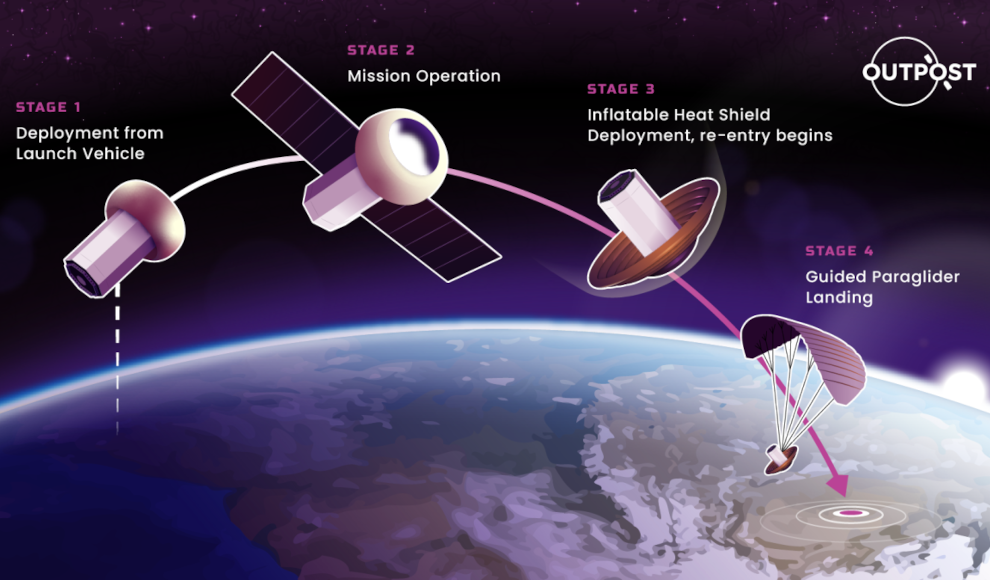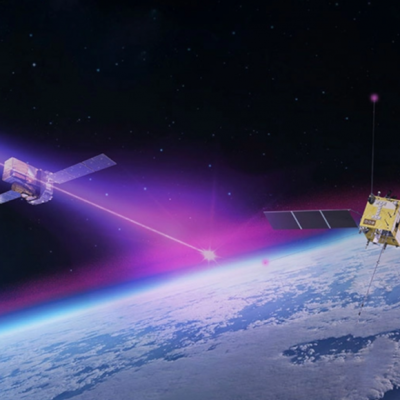A new system developed by start-up Outpost aims to bring retired satellites back to Earth for refurbishment and reuse. Satellites typically have a lifespan of 20 to 25 years before they burn up in the Earth’s atmosphere. However, some materials remain as space debris in orbit or fall uncontrollably to Earth. Outpost’s Ferry system, which consists of NASA’s Hypersonic Inflatable Aerodynamic Decelerator and a parachute developed by Outpost, aims to reduce the demand for new materials in the space industry and prevent further space debris. The system has been successfully tested twice in 2022, with the parachute landing the retired satellite within 5 meters of the intended landing site.
The Ferry system is designed to prevent retired satellites from becoming space debris by bringing them back to Earth for refurbishment and reuse. The system consists of NASA’s Hypersonic Inflatable Aerodynamic Decelerator, which prevents the satellite from burning up in the Earth’s atmosphere, and a parachute developed by Outpost, which guides the satellite to a precise landing site. The system has been successfully tested twice in 2022, with the parachute landing the retired satellite within 5 meters of the intended landing site.
Outpost’s Ferry system has the potential to reduce the demand for new materials in the space industry and prevent further space debris. The system has already received an order from NASA for an adaptation that will allow it to transport smaller experiments from the International Space Station to Earth. Outpost’s CEO, Jason Dunn, has stated that the company’s ultimate goal is to enable the multiple use of satellites, which would significantly reduce the amount of space debris in orbit.










